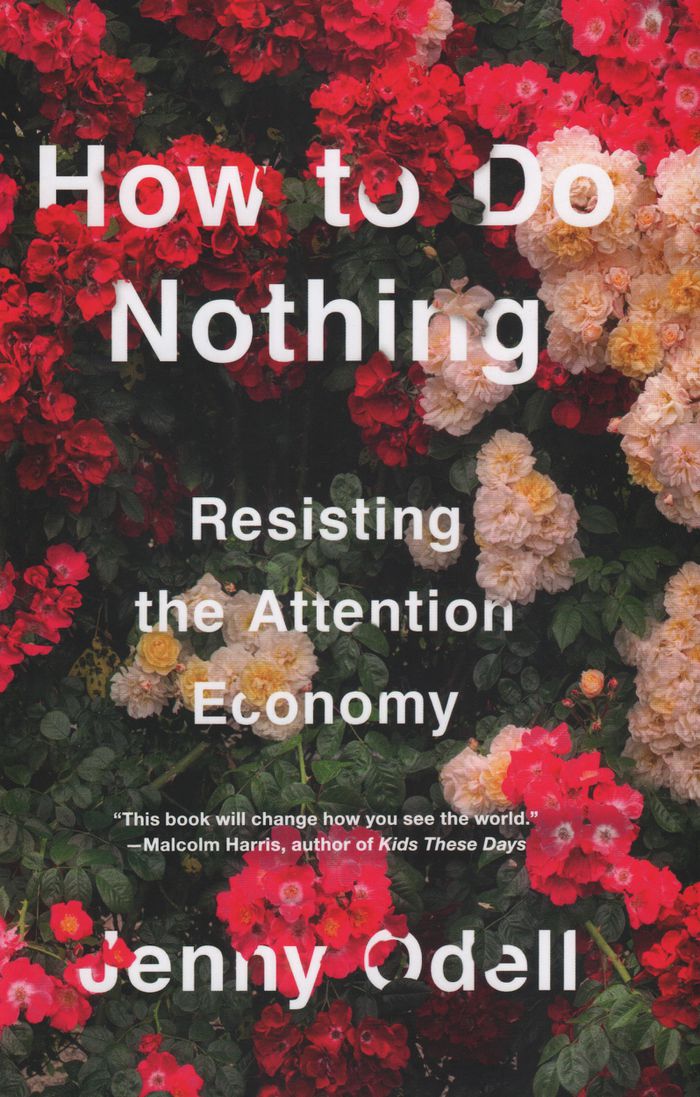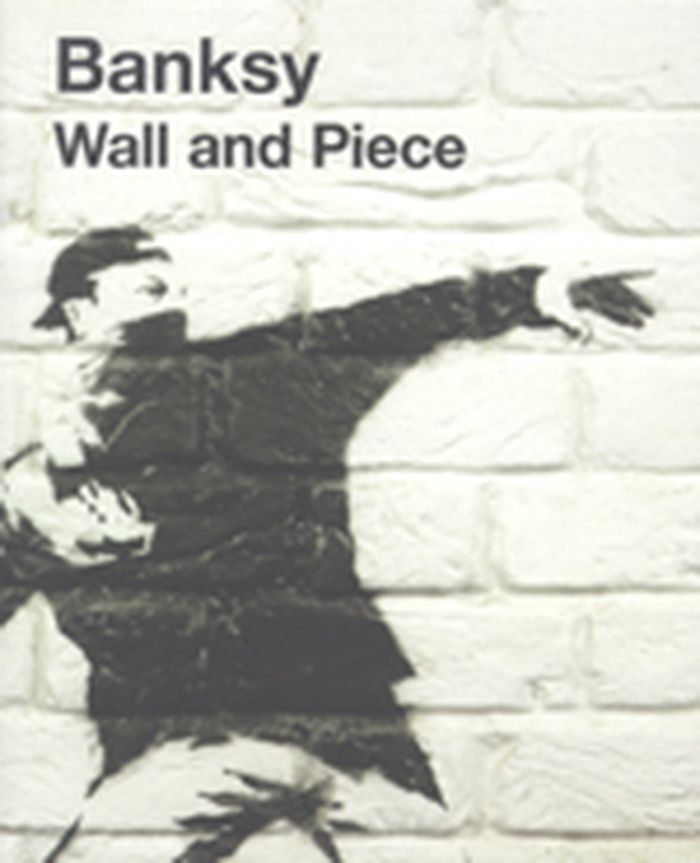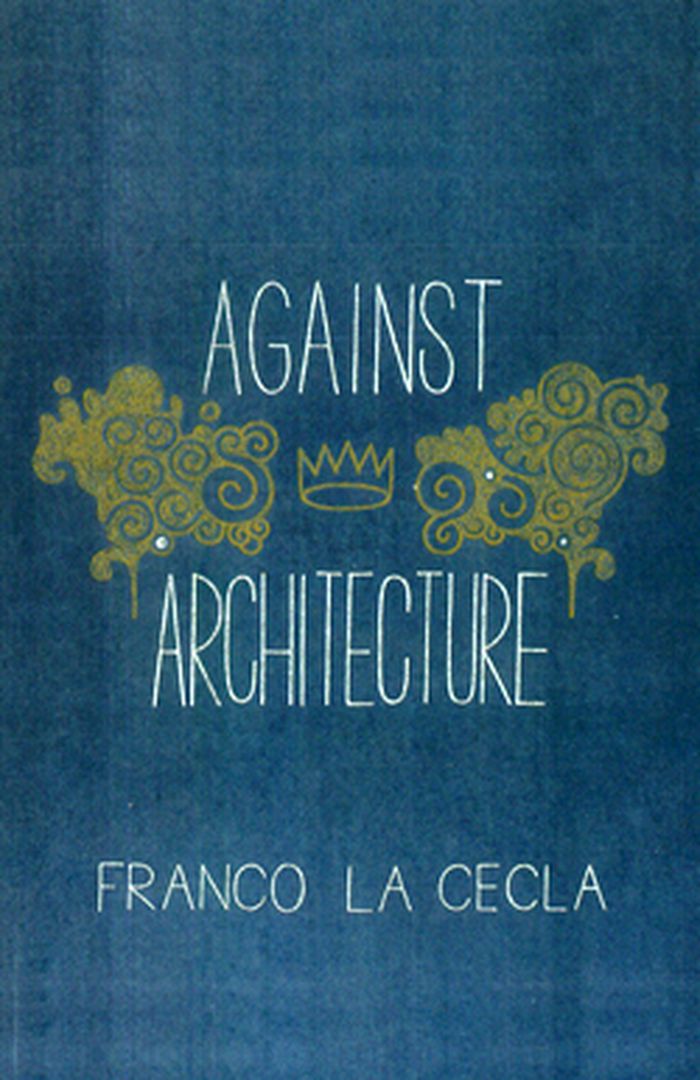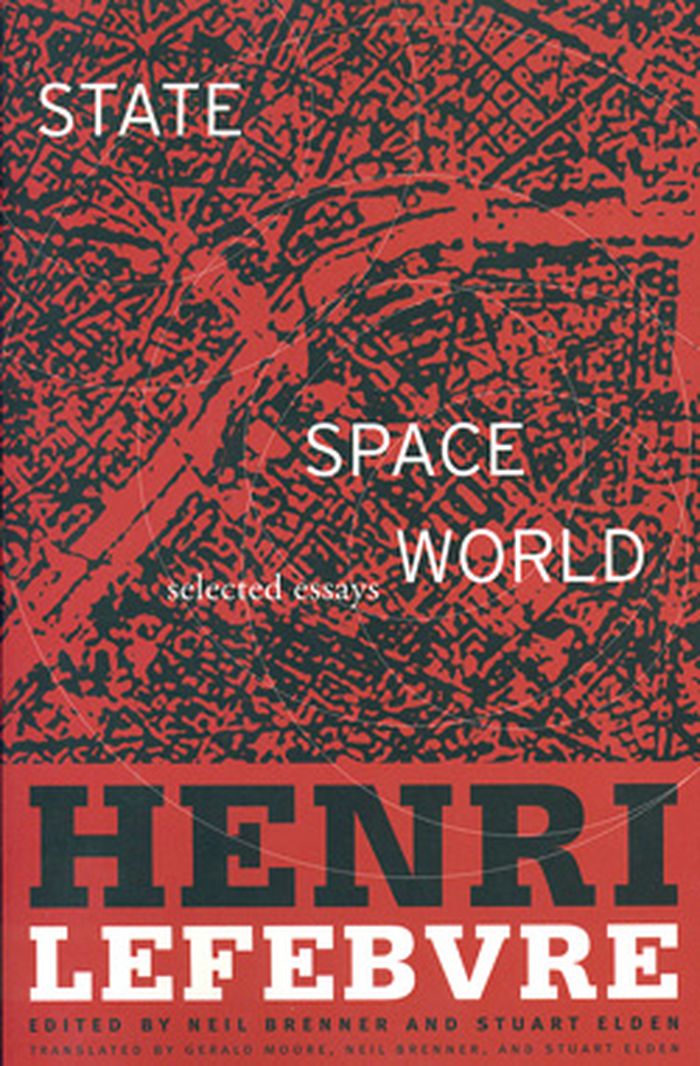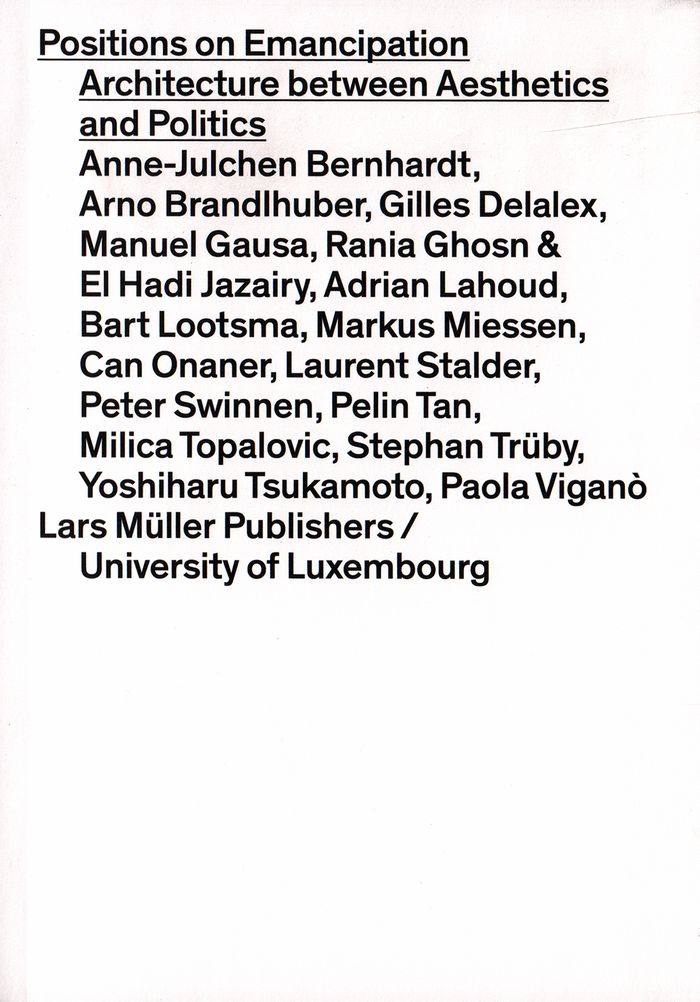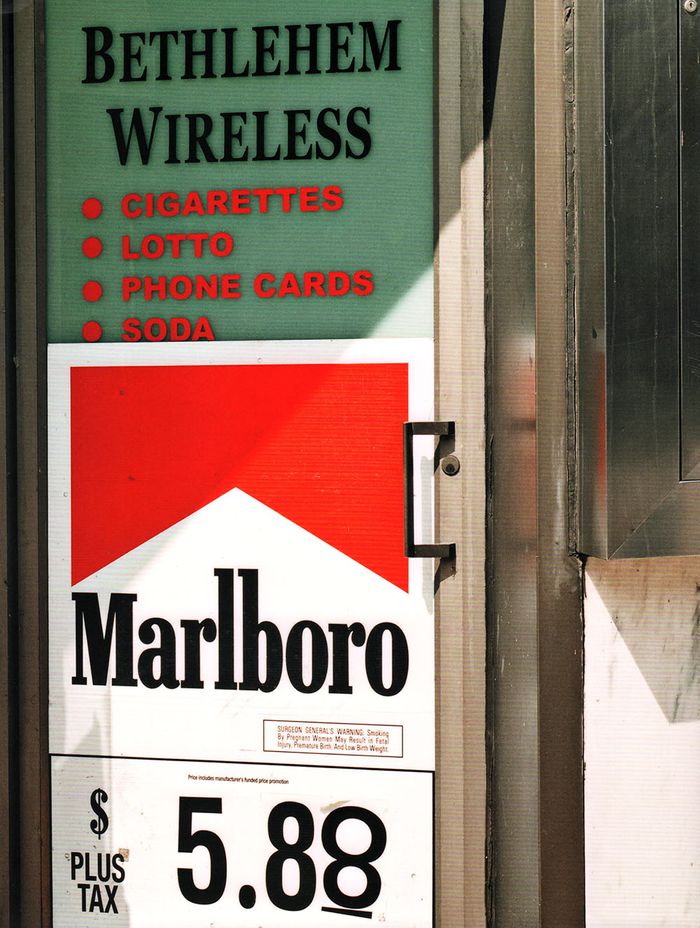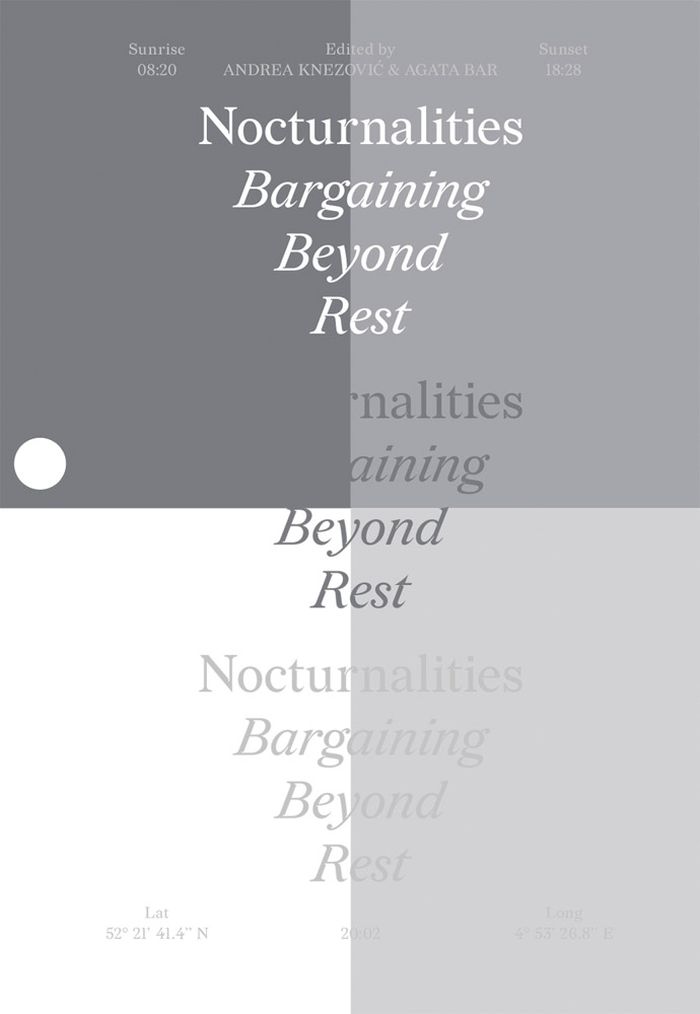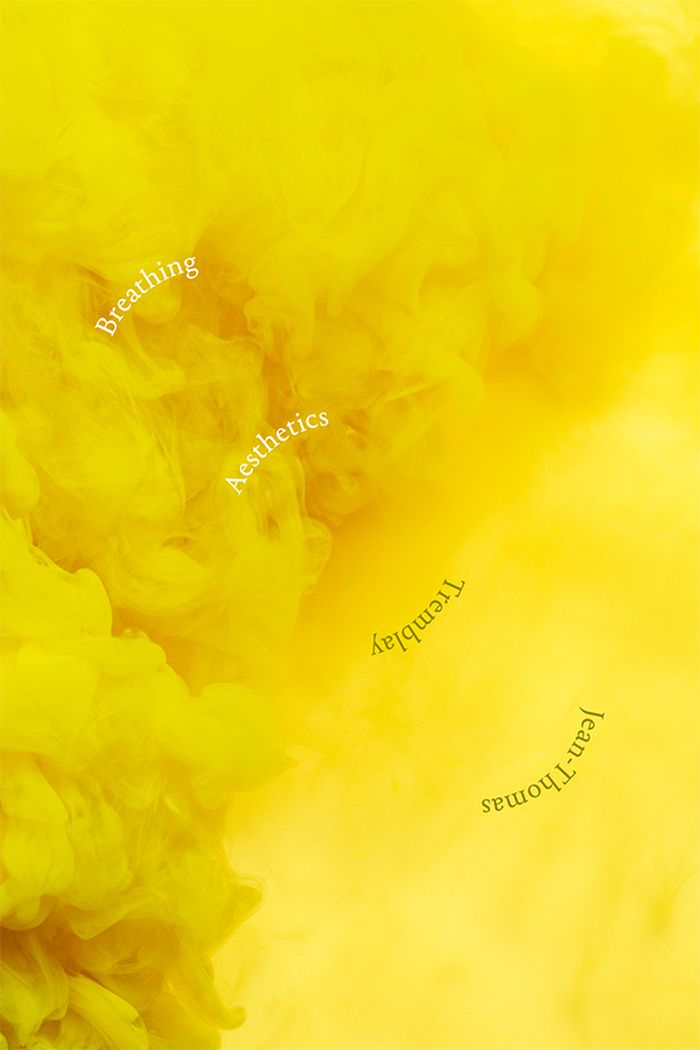$34.99
(disponible sur commande)
Résumé:
Nothing is harder to do these days than nothing. But in a world where our value is determined by our 24/7 data productivity, doing nothing may be our most important form of resistance. So argues artist and critic Jenny Odell in this field guide to doing nothing (at least as capitalism defines it). Odell sees our attention as the most precious—and overdrawn—resource we(...)
How to do nothing: resisting the attention economy
Actions:
Prix:
$34.99
(disponible sur commande)
Résumé:
Nothing is harder to do these days than nothing. But in a world where our value is determined by our 24/7 data productivity, doing nothing may be our most important form of resistance. So argues artist and critic Jenny Odell in this field guide to doing nothing (at least as capitalism defines it). Odell sees our attention as the most precious—and overdrawn—resource we have. Once we can start paying a new kind of attention, she writes, we can undertake bolder forms of political action, reimagine humankind’s role in the environment, and arrive at more meaningful understandings of happiness and progress. Far from the simple anti-technology screed, or the back-to-nature meditation we read so often, ''How to do nothing'' is an action plan for thinking outside of capitalist narratives of efficiency and techno-determinism.
Théorie/ philosophie
Banksy: Wall and piece
$29.95
(disponible sur commande)
Résumé:
Artistic genius, political activist, painter and decorator, mythic legend or notorious graffiti artist? The work of Banksy is unmistakable, except maybe when it’s squatting inthe Tate or New York’s Metropolitan Museum. Banksy is responsible for decorating the streets, walls, bridges and zoos of towns and cites throughout the world. Witty and subversive, his stencils(...)
Banksy: Wall and piece
Actions:
Prix:
$29.95
(disponible sur commande)
Résumé:
Artistic genius, political activist, painter and decorator, mythic legend or notorious graffiti artist? The work of Banksy is unmistakable, except maybe when it’s squatting inthe Tate or New York’s Metropolitan Museum. Banksy is responsible for decorating the streets, walls, bridges and zoos of towns and cites throughout the world. Witty and subversive, his stencils show monkeys with weapons of mass destruction, policeman with smiley faces, rats with drills and umbrellas.If you look hard enough you’ll find your own. His statements, incitements, ironies and epigrams are by turns intelligent and cheeky comments on everything from the monarchy and capitalism to the war in Iraq and farm animals. His identity remains unknown, but his work is prolific. And now for the first time, he’s putting together the best of his work – old and new in a fully illustrated colour volume.
Espaces Public
Against architecture
$16.95
(disponible sur commande)
Résumé:
With insight into the human side of architecture, this critical assessment displays the shortcomings of modern urban planning as an acclaimed architect issues a passionate charge against the celebrities of the current architectural world: the “archistars.” Francesco La Clecla argues that architecture has lost its way and its true function, as the archistars mold(...)
Against architecture
Actions:
Prix:
$16.95
(disponible sur commande)
Résumé:
With insight into the human side of architecture, this critical assessment displays the shortcomings of modern urban planning as an acclaimed architect issues a passionate charge against the celebrities of the current architectural world: the “archistars.” Francesco La Clecla argues that architecture has lost its way and its true function, as the archistars mold cityscapes to build their brand with no regard for the public good. More than a diatribe against the trade, the author makes a call to rethink urban space and take the cities back from “casino capitalism” that has left a string of failed urban projects, such as the Sagrera of Barcelona and the expansion of Columbia University in New York City. Recounting his travels across the globe, La Cecla provides insights to aid in resisting the planners and to find the spirit of a place.
Théorie de l’architecture
$43.95
(disponible sur commande)
Résumé:
One of the most influential Marxist theorists of the twentieth century, Henri Lefebvre pioneered the study of the modern state in an age of accelerating global economic integration and fragmentation. Shortly after the 1974 publication of his landmark book The Production of Space, Henri Lefebvre embarked on one of the most ambitious projects of his career: a consideration(...)
State, space, world, selected essays
Actions:
Prix:
$43.95
(disponible sur commande)
Résumé:
One of the most influential Marxist theorists of the twentieth century, Henri Lefebvre pioneered the study of the modern state in an age of accelerating global economic integration and fragmentation. Shortly after the 1974 publication of his landmark book The Production of Space, Henri Lefebvre embarked on one of the most ambitious projects of his career: a consideration of the history and geographies of the modern state through a monumental study that linked several disciplines, including political science, sociology, geography, and history. State, Space, World collects a series of Lefebvre’s key writings on the state from this period. Making available in English for the first time the as-yet-unexplored political aspect of Lefebvre’s work, it contains essays on philosophy, political theory, state formation, spatial planning, and globalization, as well as provocative reflections on the possibilities and limits of grassroots democracy under advanced capitalism.
Théorie de l’architecture
$25.95
(disponible sur commande)
Résumé:
In this radical and visionary new book, McKenzie Wark argues that the all-pervasive presence of data in our networked society has given rise to a new mode of production, one not ruled over by capitalists and their factories but by those who own and control the flow of information. Yet, if this is not capitalism anymore, could it be something worse? What if the world we're(...)
Capital is dead: Is this something worse?
Actions:
Prix:
$25.95
(disponible sur commande)
Résumé:
In this radical and visionary new book, McKenzie Wark argues that the all-pervasive presence of data in our networked society has given rise to a new mode of production, one not ruled over by capitalists and their factories but by those who own and control the flow of information. Yet, if this is not capitalism anymore, could it be something worse? What if the world we're living in is more dystopian than the techno utopias of the Silicon Valley imagination? And, if this is the case, how do we find a way out? Capital Is Dead offers not only the theoretical tools to analyse this new world of information, but the ones to change it, too. Drawing on the writings of the Situationists and a range of contemporary theorists, Wark offers a vast panorama of the contemporary condition and the classes that control it.
Social
$38.50
(disponible sur commande)
Résumé:
During the last decades architecture has been largely characterized by a lack of strong positions. A form of neoliberal indifference has become endemic, something that can be attributed to the fact that modernism has lost its claim to be both emancipatory and educational. More recently though, one can again observe attitudes that claim to address architecture and urbanism(...)
Positions on emancipation: architecture between aesthetics and politics
Actions:
Prix:
$38.50
(disponible sur commande)
Résumé:
During the last decades architecture has been largely characterized by a lack of strong positions. A form of neoliberal indifference has become endemic, something that can be attributed to the fact that modernism has lost its claim to be both emancipatory and educational. More recently though, one can again observe attitudes that claim to address architecture and urbanism as more engaged with the social and political effects of global capitalism. This book relays a passionate debate between some of the most outstanding theoreticians and eloquent protagonists of this new attitude, leaving us with an overview of such postulated ambitions. Against the liberal “anything goes” and the revival of architectural autonomy, these attitudes believe less in the possibility for even the most experimental architectural object to have a changing effect on society. Their approaches instead vary from activism to the construction of new critical narratives.
Théorie de l’architecture
$61.95
(disponible sur commande)
Résumé:
The "Island Position" is an advertising term that describes the premium position of an advertisement surrounded solely by editorial content. In ''The Island Position,'' John Lehr explores the facades of American commercial spaces that are threatened by the emergence of e-commerce. In a rush to remain relevant, storeowners emblazon their windows and walls with anything(...)
John Lehr: the island position
Actions:
Prix:
$61.95
(disponible sur commande)
Résumé:
The "Island Position" is an advertising term that describes the premium position of an advertisement surrounded solely by editorial content. In ''The Island Position,'' John Lehr explores the facades of American commercial spaces that are threatened by the emergence of e-commerce. In a rush to remain relevant, storeowners emblazon their windows and walls with anything that will grab attention: tessellations of quick-fading ads, floor-to-ceiling decals of fanned money or flowing hair, haphazard product displays, and desperate, hand-scrawled invitations. Masquerading as a typology of storefronts, the surfaces in ''The Island Position'' embody something unseen: the people who constructed them. The signage is not simply an appeal to consumption, but a typography of emotion: vulnerability, ingenuity, distress, and hope-the language of capitalism as a form of public address. Lehr is not interested in what is for sale. He is interested in what is at stake.
Monographies photo
$48.00
(disponible en magasin)
Résumé:
Developed by Amsterdam-based Slovenian artist and researcher Andrea Knezovic (born 1990) in collaboration with editor-curator Agata Bar, curator Tia Cicek and graphic designer Miquel Hervás Gómez, ''Nocturnalities: Bargaining Beyond Rest'' looks at how technology can assist, instead of coopting, care urgencies and needs. What is rest if not the space of safety? How can we(...)
Nocturnalities: Bargaining beyond rest
Actions:
Prix:
$48.00
(disponible en magasin)
Résumé:
Developed by Amsterdam-based Slovenian artist and researcher Andrea Knezovic (born 1990) in collaboration with editor-curator Agata Bar, curator Tia Cicek and graphic designer Miquel Hervás Gómez, ''Nocturnalities: Bargaining Beyond Rest'' looks at how technology can assist, instead of coopting, care urgencies and needs. What is rest if not the space of safety? How can we use or appropriate care methodologies in capitalism and create little oases of comfort, exchange and "communal comradeship"? The value of this work is embedded in the way it offers different—local and international—perspectives and understandings of how we relate to the politics of rest, negotiate institutional and intimate care, and imagine varieties of care systems and healing strategies within a local setting. The intent is not necessarily to offer one solution to the larger inquiry but to allow a plurality of voices and contributions to be heard, expressed and remembered.
Social
$72.95
(disponible sur commande)
Résumé:
In "Manufacturing Montreal" Robert Lewis provides a detailed historical geographic account of a major North American city's industrial landscape from the beginnings of industrialization to the Great Depression. Challenging the traditional view that urban expansion due to industrial decentralization is a twentieth-century phenomenon, Lewis demonstrates that the process of(...)
Manufacturing Montreal : the making of an industrial landscape, 1850 to 1930
Actions:
Prix:
$72.95
(disponible sur commande)
Résumé:
In "Manufacturing Montreal" Robert Lewis provides a detailed historical geographic account of a major North American city's industrial landscape from the beginnings of industrialization to the Great Depression. Challenging the traditional view that urban expansion due to industrial decentralization is a twentieth-century phenomenon, Lewis demonstrates that the process of industrial decentralization has been ongoing since the 1850s. Lewis's overall thesis is that the economic and social imperatives underlying industrial capitalism periodically reshaped the manufacturing geography of Montreal, as it did in many other North American cities. Time and again, the move of factories to the urban fringe shaped the social geography of the city by creating working-class residential neighborhoods. A particular strength of the book is its detailed examination of the role that utilities, transportation, technological change, investment, political control of land use, and labor markets had in the manufacturing of Montreal's factory districts.
Architecture de Montréal
Breathing aesthetics
$33.95
(disponible en magasin)
Résumé:
In this book, Jean-Thomas Tremblay argues that difficult breathing indexes the uneven distribution of risk in a contemporary era marked by the increasing contamination, weaponization, and monetization of air. Tremblay shows how biopolitical and necropolitical forces tied to the continuation of extractive capitalism, imperialism, and structural racism are embodied and(...)
Breathing aesthetics
Actions:
Prix:
$33.95
(disponible en magasin)
Résumé:
In this book, Jean-Thomas Tremblay argues that difficult breathing indexes the uneven distribution of risk in a contemporary era marked by the increasing contamination, weaponization, and monetization of air. Tremblay shows how biopolitical and necropolitical forces tied to the continuation of extractive capitalism, imperialism, and structural racism are embodied and experienced through respiration. They identify responses to the crisis in breathing in aesthetic practices ranging from the film work of Cuban American artist Ana Mendieta to the disability diaries of Bob Flanagan, to the Black queer speculative fiction of Renee Gladman. In readings of these and other minoritarian works of experimental film, endurance performance, ecopoetics, and cinema-vérité, Tremblay contends that articulations of survival now depend on the management and dispersal of respiratory hazards. In so doing, they reveal how an aesthetic attention to breathing generates historically, culturally, and environmentally situated tactics and strategies for living under precarity.
Théorie/ philosophie
